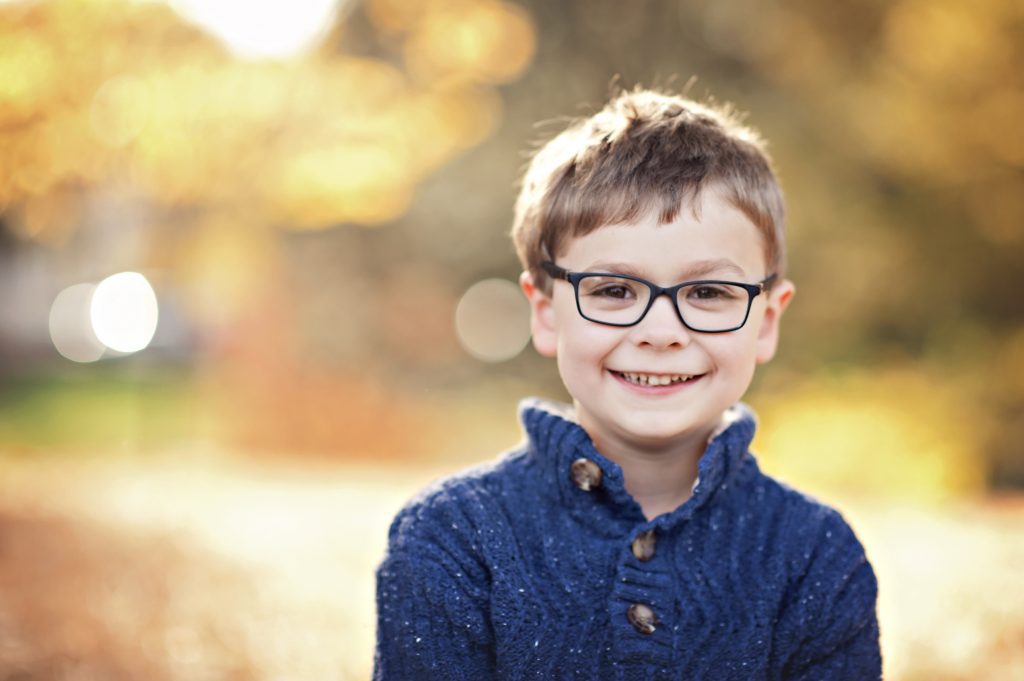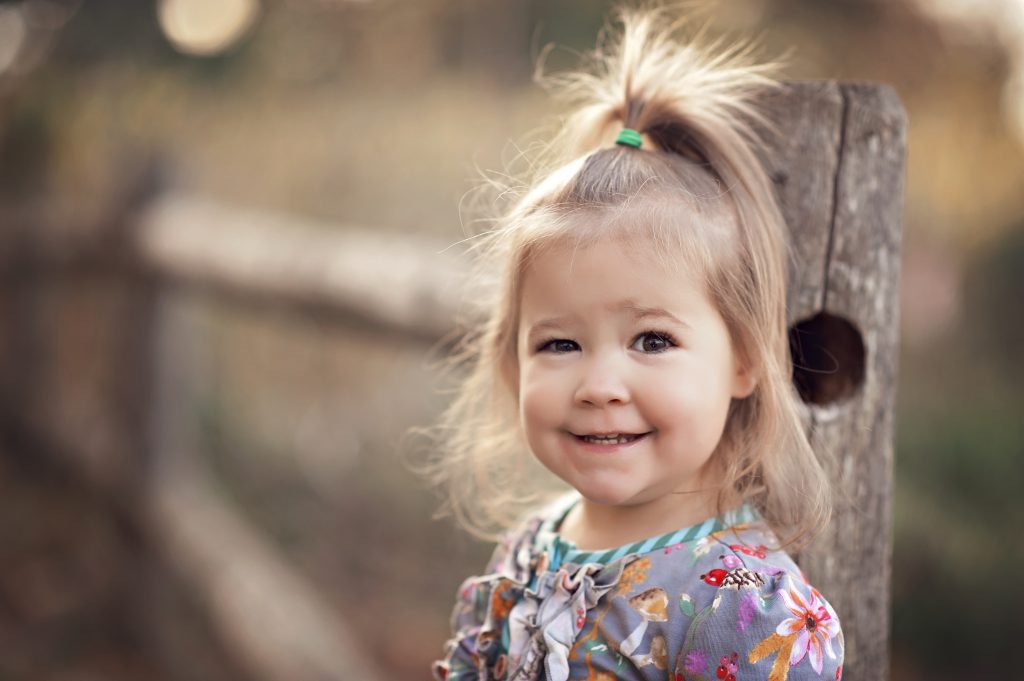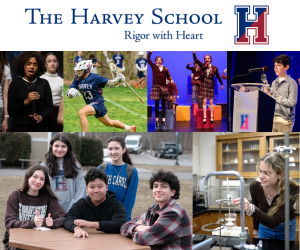August is National Eye Exam Month!
We have no shortage of eye stuff going on in our family. There is some conflicting information out there, even in the medical community, about when children should have their eyes examined. The American Academy of Pediatrics suggests that all children have their eyes examined by age three; however, the American Optometric Association states that children should have their first eye exam at six months. When parents in my work ask me questions about having their children’s eyes examined, I always say they should check with their pediatrician and believe it is never too early to bring your child to the eye doctor if you think something isn’t right.
My Oldest:
At 11 months old, I noticed my son’s eyes were never focused on the same thing simultaneously. Eight years ago, I was a new mom, and I didn’t know people brought children to the eye doctor at that young of an age. However, I knew his eyes didn’t look “typical.” I brought him to a pediatric ophthalmologist recommended to me by his pediatrician, and he diagnosed my son with intermittent exotropia (also called strabismus).
There is much more to this story, including switching ophthalmologists a couple of times, but my son now wears glasses to help his eyes work together. Surgery may be in his future, but we haven’t decided on that yet. My son will be able to have input on whether or not that happens. And because he doesn’t have enough going on with his eyes, he’s also color blind!

My Middle:
Earlier this year, I noticed my Twin A was squinting when watching television. I had her tag along to Twin B’s eye appointment to make sure her eyes were healthy, and it turned out she is far-sighted! She now wears glasses for school and watching TV, but otherwise is fine to go without them.
My oldest child and my Twin A have pretty run-of-the-mill eye conditions, but I want to focus on my Twin B since her diagnosis isn’t technically an eye issue. But her eyes were the key to something lesser-known.
My Youngest:
It was winter of 2017, and I was starting a bedtime routine with my then 7-month-old twins. As I was reading to them in bed, I noticed my little one’s pupils weren’t the same size. I did a double-take. Our pupils are supposed to be equal, right? I then looked at her identical sister’s eyes, and sure enough, her pupils were equal-sized.
That night, I Googled what it means when pupils aren’t the same size. Horner’s Syndrome kept popping up, and I found it could be congenital (from birth – usually from birth trauma) or acquired (generally due to a tumor on the nerve that is responsible for pupil dilation).
At a routine follow-up for my son’s strabismus, I told my son’s ophthalmologist that Twin B’s pupils were different sizes. He said that I needed to bring her back in right away. We scheduled a visit for later that week.
On the day of her appointment, the doctor took a look at her eyes and diagnosed her with Horner Syndrome, just like I figured from my late-night Google search the week prior. But it was just as important to ascertain if it was congenital or acquired.
The first six months of my twins’ lives were basically a tornado of feedings, diapers, and A LOT of abbreviated sleeping, so I really had no clue if the difference in her pupils was there from birth.
The immediacy in testing is that acquired Horner Syndrome is most likely the result of a tumor. Twin B would need an MRI of her head, neck, and torso to rule out acquired Horner’s Syndrome. (We were also supposed to do a urine catch to check for a hormone that tumors produce, but as you can probably imagine, that’s virtually impossible to do on a girl!).
The Testing:
The day of the MRI was a bit stressful. We woke up at 4 a.m. so she could breastfeed a few hours before the test. I was so thankful she wasn’t into solids yet, because she wouldn’t have been able to eat anything solid that close to testing time anyway.
We arrived at the children’s hospital on time but learned the team was running late. As a non-emergent case in one of the busiest children’s hospitals in the state, we kept getting bumped for other cases. I understood that other people needed more immediate testing, but it was still difficult for my mama heart not being able to let my 7-month-old baby eat anything for hours on end. Just as we were all starting to lose it, and almost 4 hours after our scheduled testing time, we were finally called back.
After some more waiting (and finding a place to pump – my other twin had to have milk that day too!), we finally got Twin B into her tiny hospital gown, and I was able to walk back with her into the MRI room.
Watching a baby go under general anesthesia is really difficult.
Babies don’t react to anesthesia in the same way adults do by just easily falling asleep. The anesthesiologist warned me about this, and I’m so glad he did because it would have been terrifying otherwise. Her little body tensed up, her legs came up to her chest, and her eyes rolled back in a really strange way. The nurse assured me this was normal and told me she was asleep, even though she didn’t look like she was. I then reluctantly left my baby in the very capable hands of her medical team. Re-living this experience as I’m writing it even now is making me shaky.
It was a long three hours, just waiting for the medical team to complete my daughter’s MRI. A good friend of mine was a resident in the hospital at the time and came down on her lunch break to sit with us. That was such a comfort.
When her testing was completed, we were allowed to go back and wait with her as she came out of anesthesia. It took her longer than was typical to wake up, and when she did, she was angry. She hit her head on the railing of the gurney, and I had a tough time calming her. After a while, she calmed down and drank a couple of ounces from a bottle, which meant we could go home.
We got back home, and she was her happy, smiley self. Other than the bandage on her hand from the IV, you would never have known she had a pretty full day!
The Results:
The doctor called after reading the MRI results and told us that Twin B was in the clear. She had an official diagnosis of congenital Horner’s Syndrome, most likely from the birth trauma she experienced (that’s a story for another day!).
The past three years have been a learning experience. She does have difficulty adjusting to abrupt changes in light and dark. She sometimes has some difficulty with depth perception, but that is dissipating as she gets older. This is my athletic girl; she is my daredevil. Other than a little eyelid droop (called ptosis) around dusk every day, no one would even know anything different about her eyes.
Now that we know what it is and how Horner’s affects her, we have very little to worry about. She is checked by a pediatric ophthalmologist every six months. Since her ptosis hasn’t progressed, her eye doctor does not anticipate any surgery in the future. I am so thankful she has otherwise normal vision.
We have gone through a few different ophthalmologists, as well. All of them were highly recommended by other moms, but it took a while for me to find someone with the right amount of expertise and compassion. I feel like we are finally in the right hands, and it makes me feel really good to have an eye doctor with whom I feel comfortable handling my children’s eye health.
If we need to be at the eye doctor every six months, I’m thankful we have a provider we really trust. That is the most important thing.
I encourage all parents to find providers they are really comfortable with, who don’t just focus on the medical but on the whole child. That’s who we have in our ophthalmologist.
What interesting things have you found out about your children’s vision at their eye doctor appointment?





























